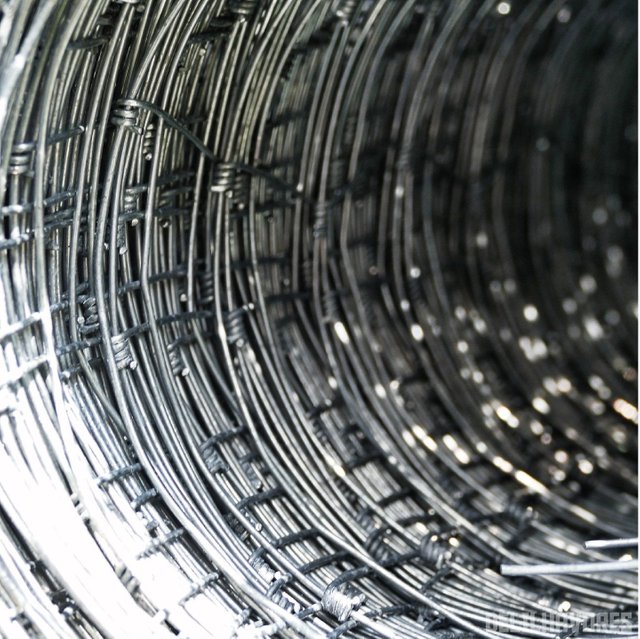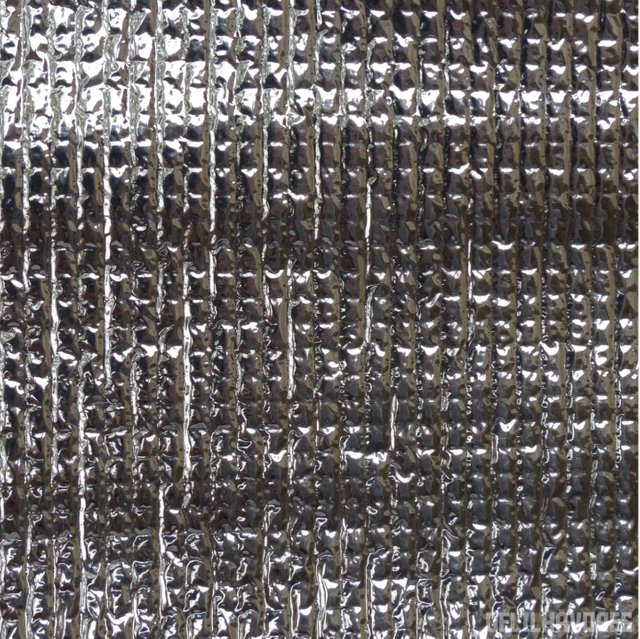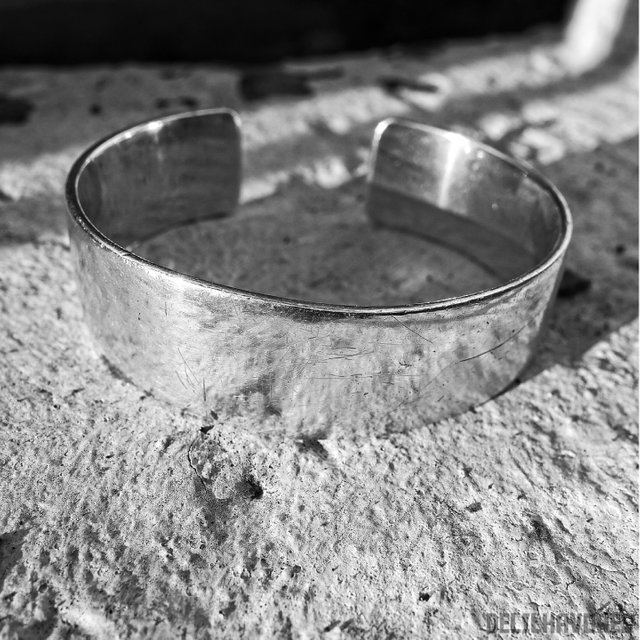Silver in the periodic table of the elements - L’argento nella tavola periodica degli elementi.
Introduction
Silver is the chemical element that in the periodic table has the symbol Ag (from the abbreviation of the Latin Argentum) and atomic number 47. We find it in two possible states of oxidation: 0, +1.
Ag is an oxidizing metal soluble in hot diluted nitric acid.

Biologic interactions
At the biological level, Ag+ interacts with the polar groups of proteins (SH, NH 2 and COOH) leading to enzymatic inactivation or protein denaturation.
Ag+ is not selective, it affects human and bacterial biological proteins, therefore dilute solutions are used for its antiseptic activity.
Argyria is the toxic effect of accumulation of Ag+, characterized by gray-black coloring of the skin (given by Ag and Ag2S), chronic bronchitis and renal damage.
For oral ingestion, intoxication is rapid: vomiting, abdominal pain, gastroenteritis, collapse and death occur. The lethal dose of AgNO3 for an adult is about 10 g.

Compounds of pharmaceutical interest
There are many compounds of pharmaceutical interest that contain silver:
- Colloidal silver: It is used as an antiseptic for external use in burns, wounds and sores;
- Silver nitrate: It is used as a bacteriostatic for external use, antiseptic, germicidal and astringent. In a diluted solution (0.5-1%) it is prophylactic in relation to the "ophtalmia neonatorum". In concentrated solutions it is irritating and caustic;
- Protein silver: It is a colloidal silver-protein preparation in H2O with an Ag content of 7-8%. At the 0.5-2% dilution in Ag it is antiseptic, especially on delicate and mucous tissues;
- Diamino silver nitrate + 10% formaldehyde: It is used in dentistry as an antiseptic and protective of the cariodental cavity. In addition to the antiseptic activity of Ag+, formaldehyde reduces Ag+ to Ag, which is deposited on the walls of dental cavities by covering them with a protective film.

Analytic reactions
The Ag, together with Cu and Au, belongs to the subgroup B (noble metals) of the transition metals. In the air, Ag is not oxidized by O2, but darkens due to the traces of H2S. present. The Ag is able to form complexes with coordination number = 2.
The recognition of Ag+ is carried out by precipitating the Ag+ cation with HCl as chloride and redissolving the salt in ammonia:
Ag + + Cl- -> AgCl <-> Ag + + NH3 <-> [Ag(NH3)2 ]+
AgCl is again precipitated by the addition of acid, which removes ammonia forming ammonium ion.
[Ag(NH3)2 ]+Cl- + 2H+ <-> AgCl + 2 NH4
The Ag behaves differently with the various halides:
- In the case of AgCl formation, the precipitate is white, caseous and soluble in dilute ammonia (kps = 10 -10);
- The AgBr precipitate is pale yellow in color and is soluble in concentrated ammonia (kps = 10 -13);
- In the reaction with the iodide, AgI which is formed is yellow and is insoluble in ammonia (kps = 10 -16)
The solubility trend is proportional to that of the electronegativity difference: decreasing it, we pass from an ionic bond by AgCl, more soluble in H2O, to a bond with a greater covalent character for AgBr and Less soluble AgI, considering that H2O is a polar solvent.
ITA
Introduzione
L'argento è l'elemento chimico che nella tavola periodica ha simbolo Ag (dall'abbreviazione del latino Argentum) e numero atomico 47. Lo troviamo in due possibili stati di ossidazione: 0, +1.
Ag è un metallo ossidante e solubile in acido nitrico diluito a caldo.

Interazioni biologiche
A livello biologico, Ag+ interagisce con i gruppi polari delle proteine (SH, NH2 e COOH) portando a inattivazione enzimatica o denaturazione proteica.
Ag+ non è selettivo, colpisce proteine biologiche umane e batteriche, quindi si utilizzano soluzioni diluite per la sua attività antisettica.
L’argirismo è l’effetto tossico da accumulo di Ag+, caratterizzato da colorazione grigio-nera della pelle (data da Ag e Ag2S), bronchiti croniche e danni renali.
Per ingestione orale l’intossicazione è rapida: si verificano, in successione, vomito, dolori addominali, gastroenterite, collasso e morte. La dose letale di AgNO3 per un adulto è circa 10 g.

Composti di interesse farmaceutico
Esistono molti composti di interesse farmaceutico che contengono argento:
- Argento colloidale: È impiegato come antisettico per uso esterno nelle ustioni, nelle ferite e nelle piaghe;
- Argento nitrato: È impiegato come batteriostatico per uso esterno, antisettico, germicida e astringente. In soluzione diluita (0,5-1%) è profilattico nei confronti della “ophtalmia neonatorum”. In soluzioni concentrate è irritante e caustico;
- Argento proteinato: È una preparazione argento-proteica colloidale in H2O con un tenore di Ag del 7-8%. Alla diluzione del 0.5-2% in Ag è antisettico, specialmente su tessuti delicati e mucose;
- Nitrato di diamminoargento + 10% formaldeide: È utilizzato in odontoiatria come antisettico e protettivo della cavità cariodentale. Oltre all’attività antisettica di Ag+, la formaldeide riduce Ag+ ad Ag, che si deposita sulle pareti delle cavità dentali rivestendole di un film protettivo.

Reazioni analitiche
L’Ag, insieme a Cu e Au, appartiene al sottogruppo B (metalli nobili) dei metalli di transizione. All’aria, Ag non viene ossidato da O2, ma si scurisce per le tracce presenti di H2S. L’Ag è in grado di formare complessi con numero di coordinazione = 2.
Il riconoscimento di Ag+ si effettua facendo precipitare il catione Ag+ con HCl come cloruro e ridisciogliendo il sale in ammoniaca:
Ag+ + Cl- --> AgCl <-> Ag+ + NH3 <-> [Ag(NH3)2]+
Per aggiunta di acido, che sottrae l’ammoniaca formando ione ammonio, si ha di nuovo la precipitazione di AgCl.
[Ag(NH3)2]+Cl- + 2H+ <-> AgCl + 2 NH4+
L’Ag si comporta differentemente con i vari alogenuri:
- In caso di formazione di AgCl, il precipitato è bianco, caseoso e solubile in ammoniaca diluita (kps = 10-10);
- Il precipitato AgBr è di colore giallo pallido ed è solubile in ammoniaca concentrata (kps = 10-13);
- Nella reazione con lo ioduro, AgI che si forma è giallo ed è insolubile in ammoniaca (kps = 10--16).
L’andamento della solubilità è proporzionale a quello della differenza di elettronegatività: diminuendola, si passa da un legame ionico per AgCl, più solubile in H2O, a un legame con un maggior carattere covalente per AgBr e AgI meno solubili, considerando che H2O è un solvente polare.
Hello,
Your post has been manually curated by a @stem.curate curator.
We are dedicated to supporting great content, like yours on the STEMGeeks tribe.
If you like what we are doing, please show your support as well by following our Steem Auto curation trail.
Please join us on discord.
Congratulations @delilhavores! You have completed the following achievement on the Steem blockchain and have been rewarded with new badge(s) :
You can view your badges on your Steem Board and compare to others on the Steem Ranking
If you no longer want to receive notifications, reply to this comment with the word
STOPVote for @Steemitboard as a witness to get one more award and increased upvotes!